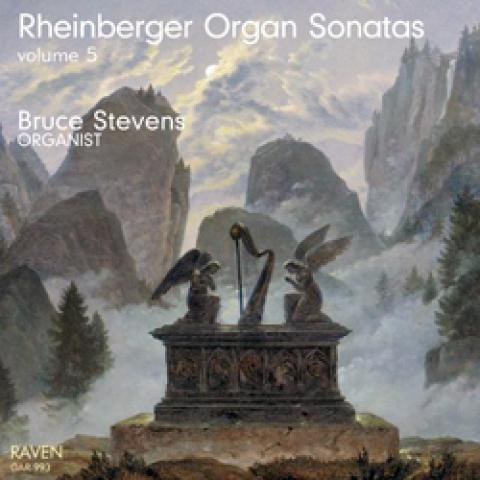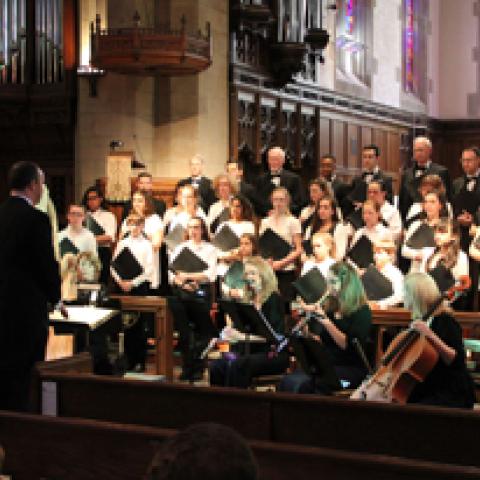
St. John’s Organ Society, Bangor, Maine, announces summer organ recitals on the 1860 E. & G. G. Hook Opus 288 in St. John’s Catholic Church, Thursdays at 7:30 p.m.:
August 3, Permelia Sears;
8/10, Abraham Ross;
8/17, George Bozeman;
8/24, Kevin Birch;
8/31, Margaret Harper.
For further information: http://hookopus288.org.






